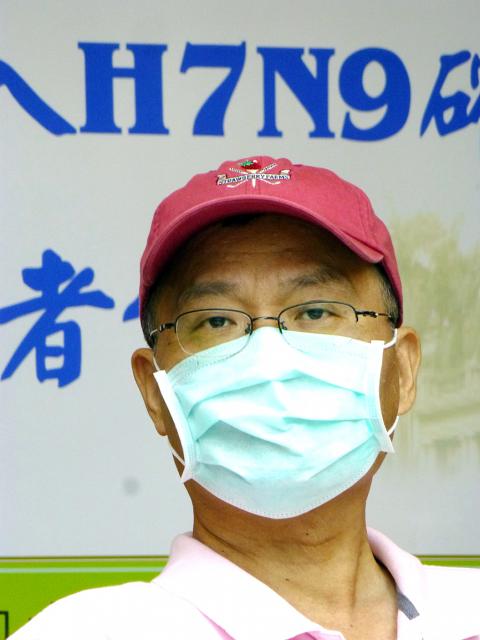TAIPEI--The discovery that some H7N9 bird flu virus strains have developed drug resistance will affect the strategies for dealing with future cases, a researcher said Saturday.
Some H7N9 strains found in a Taiwanese businessmen who became the first and only confirmed case outside China in late April after returning from there, were resistant to Tamiflu, a drug used to prevent and treat flu, said Shih Shin-ru, director of Chang Gung University's Research Center for Emerging Viral Infections.
Since there have also been H7N9 virus strains with the same drug-resistant gene found in a case in Shanghai, Shih said, Lee was probably exposed to large amounts of the virus in China.
..
Some H7N9 strains found in a Taiwanese businessmen who became the first and only confirmed case outside China in late April after returning from there, were resistant to Tamiflu, a drug used to prevent and treat flu, said Shih Shin-ru, director of Chang Gung University's Research Center for Emerging Viral Infections.
Since there have also been H7N9 virus strains with the same drug-resistant gene found in a case in Shanghai, Shih said, Lee was probably exposed to large amounts of the virus in China.
..

Comment